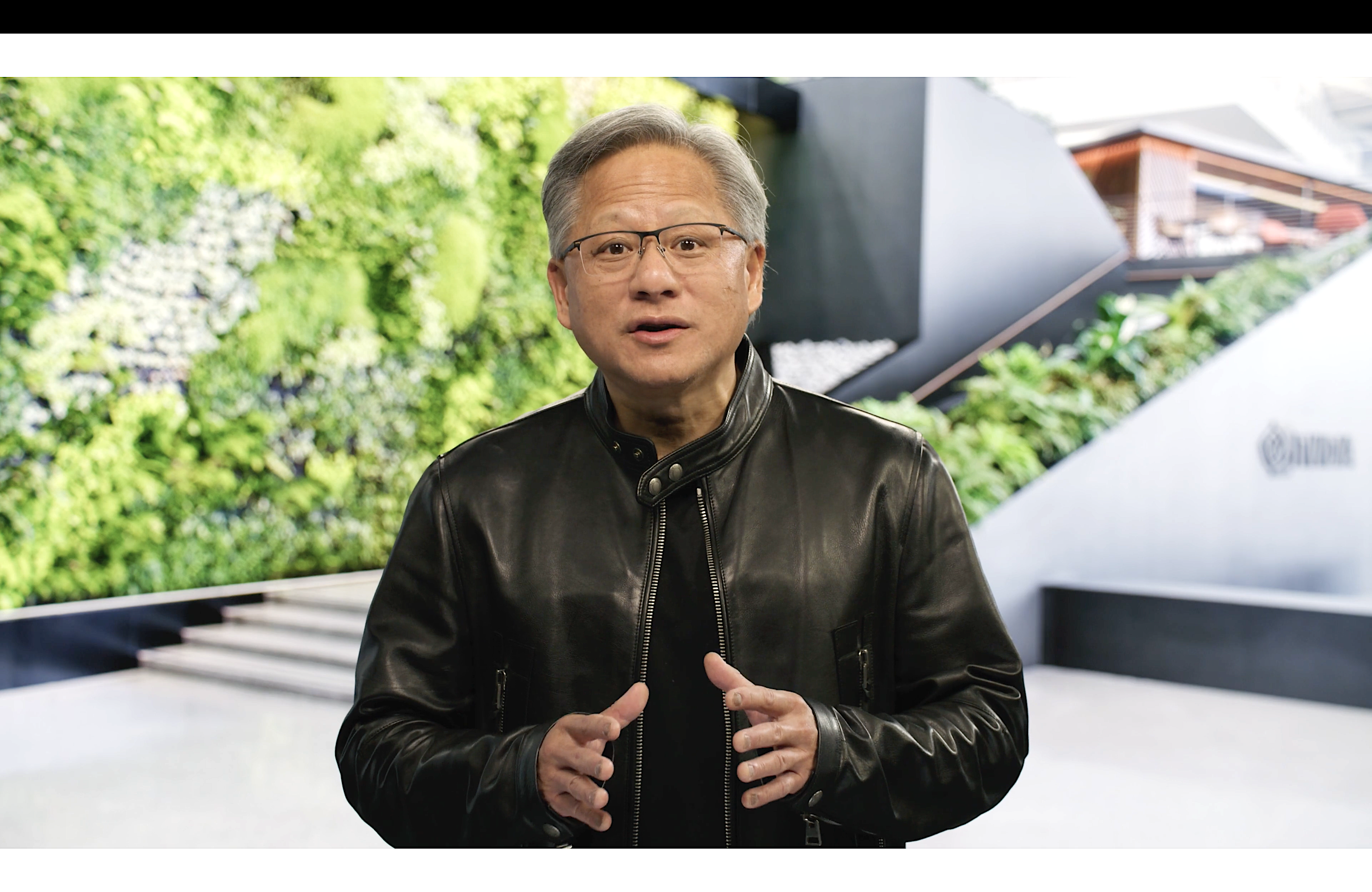 INFRA
INFRA
 INFRA
INFRA
 INFRA
INFRA
Chipmaker Nvidia Corp. comfortably beat expectations as it posted its fiscal first-quarter results today, before delivering a revenue forecast that blew Wall Street’s projections out of the water, sending its stock up an incredible 26% in trading Thursday.
The company reported net income for the quarter of $2.04 billion, up from the $1.62 billion profit it recorded one year earlier. The increased profit was all the more impressive because Nvidia’s revenue actually declined from the year before. It reported sales of $7.19 billion for the quarter, down 13%, with earnings before certain costs such as stock compensation coming to $1.09 per share.
Wall Street analysts had been looking for earnings of just 92 cents per share on sales of $6.52 billion, meaning Nvidia did much better than expected.
What really set the cat among the pigeons was Nvidia’s forecast for the second quarter. Executives said they’re looking for revenue of about $11 billion, plus or minus 2%. That was far above Wall Street’s forecast of $7.15 billion.
Nvidia’s stock was already up 109% this year prior to the after-hours move, thanks to strong optimism about the company’s prospects that stems from its leading position in chips for artificial intelligence. Nvidia Chief Executive Jensen Huang (pictured) told investors that the company is benefiting from “surging demand” for its data center products.
Its data center unit delivered $4.28 billion in sales during the first quarter, up 14% and beating expectations of $3.9 billion. The company said sales were boosted by strong demand for its graphics processing units from public cloud providers and large consumer internet companies, which need the chips to train and deploy generative AI applications. The demand for such chips over the last three months suggests both cloud computing providers and larger enterprises see Nvidia’s GPUs as an essential ingredient for the success of their AI projects.
Nvidia’s gaming business segment didn’t do so well. The unit, which sells graphics cards for personal computers and chips for consoles, saw revenue slide by 38% from a year earlier to just $2.24 billion, though it still came in ahead of Wall Street’s forecast of $1.98 billion. According to Nvidia officials, the decline there was the result of a slower macroeconomic environment.
The much smaller automotive business, which sells chips and software for autonomous vehicles, saw revenue jump 114% from a year earlier. However, the segment remains tiny compared to its other business, with revenue of just $296 million.
Huang said his company is benefiting from two simultaneous transitions in the computer industry: accelerated computing and generative AI.
“A trillion dollars of installed global data center infrastructure will transition from general purpose to accelerated computing as companies race to apply generative AI into every product, service and business process,” he explained. “Our entire data-center family of products — H100, Grace CPU, Grace Hopper Superchip, NVLink, Quantum 400 InfiniBand and BlueField-3 DPU — is in production. We are significantly increasing our supply to meet surging demand for them.”
Constellation Research Inc. analyst Holger Mueller said Nvidia benefitted from such strong demand for GPUs to power AI workloads that its data center unit was able to overcome weakness in its other main businesses. “Nvidia is running such a lean business machine that this growth translated into a direct profit increase,” Mueller added. “Though the management is forecasting even more to come, it faces a challenge to reignite growth across its entire chip portfolio.”
Analyst Rob Enderle told SiliconANGLE a big part of Nvidia’s success, which comes at a time when many other chipmakers are struggling, is that it has remained laser-focused on its goals under Huang.
“Jensen Huang saw the potential for AI almost two decades ago and has chased that opportunity, while other firms were more tactically focused,” Enderle explained. “Now, Nvidia is reaping the benefit of that foresight. Most people now think Nvidia of Nvidia as the ‘king of AI,’ and being the king means something. It’s a good example of why strategic thinking is so essential for a company.”
Nvidia’s foresight and strategic thinking was on show two months earlier as it held its annual GTC developer conference, where it unveiled its next generation of GPUs, AI accelerators and data center processing units. It also announced a new, dedicated AI supercomputing platform for training generative AI models, the Nvidia DGX Cloud. The company also showed how it’s accelerating the delivery of more powerful chips to the market with Nvidia cuLitho, a library of new algorithms that enhances the underlying calculations of computational lithography, the process of printing chip designs on silicon.
This week, Nvidia also announced Project Helix, a new initiative offered in partnership with Dell Technologies Inc. to help companies run generative AI software in their own on-premises data centers.
THANK YOU